The Tallest Lighthouses in the Sunshine State!
The state of Florida has more miles of coastline than any other state except Alaska. And with an extensive coastline comes the need for lighthouses. Florida has those, too, each special in its own way. On this page, you'll find out which of these Sunshine State landmarks is the highest, which are the tallest, and which one is not so tall, but still tallest.
Three of the five light stations featured here are open to visitors. The other two simply aren't terribly accessible, but you can get decent views of them, and I'll tell you how.
Aside from how to visit these five wonderful pieces of history, you'll also learn about how one of them was part pf a short story by the famous author, Stephen Crane; which had a bit of a run-in with some wildlife, which one sits on a submerged island, and which one will cost you at least $170.00 just to look at from a distance.
Enjoy these little vignettes about the Pensacola Light Station, the Ponce de Leon Light, the Saint Augustine Lighthouse, the Dry Tortugas Light, and the Screw-Pile structure on Sombrero Key.


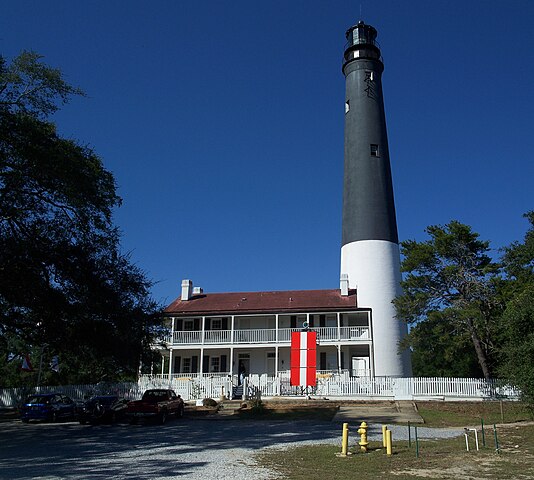
 The Pensacola Lighthouse and Museum is located on the grounds of the Naval Air Station, Pensacola.
The Pensacola Lighthouse and Museum is located on the grounds of the Naval Air Station, Pensacola.
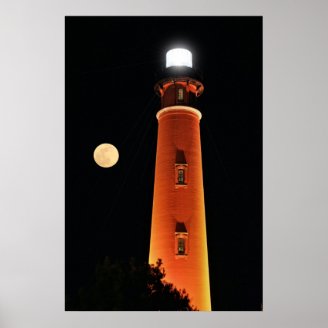

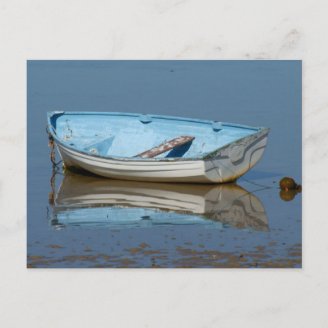
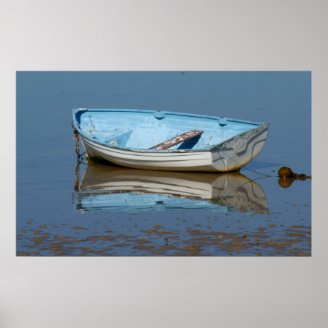
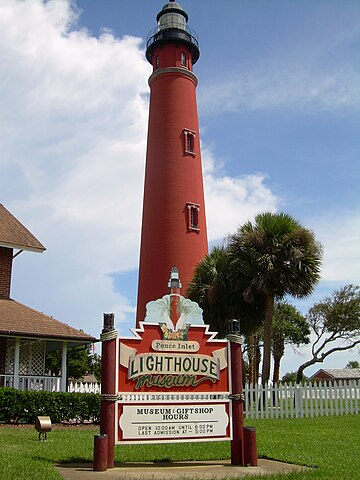








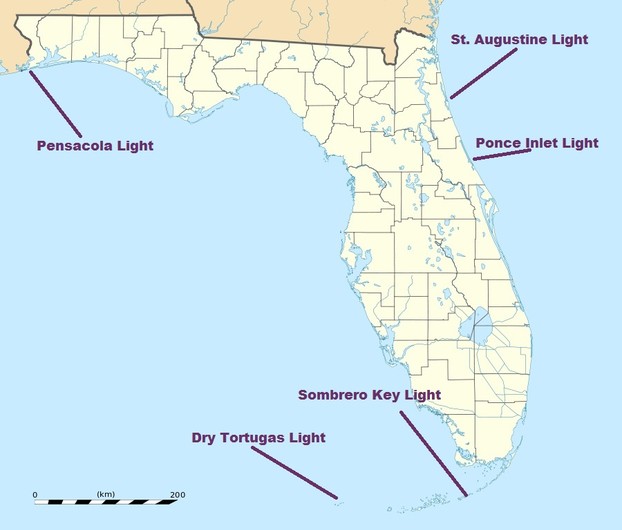




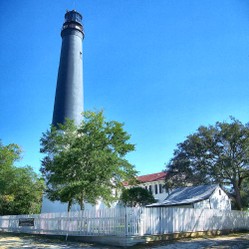

 Gold Heart Locketson 12/30/2015
Gold Heart Locketson 12/30/2015
 Ships and Boats on Electrical Wall Plateson 11/12/2015
Ships and Boats on Electrical Wall Plateson 11/12/2015
 Nautical Jigsaw Puzzles: Ships and the Seaon 11/04/2015
Nautical Jigsaw Puzzles: Ships and the Seaon 11/04/2015
 Tropical Flower Christmas Ornamentson 11/03/2015
Tropical Flower Christmas Ornamentson 11/03/2015
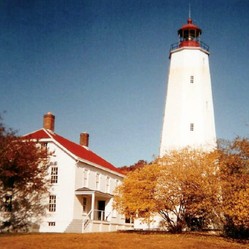
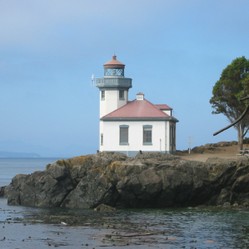
Comments
DerdriuMarriner There are lots of stories centered around lighthouses. Some we may never know, since light keeper was often such a solitary job, and not all of them wrote down their experiences. That's really something to think about.
Blackspanielgallery - we have lots of lighthouses in Florida! I don't recall ever seeing a covered bridge here, but you are right that both make very cool images.
CruiseReady, Covered bridges, lighthouses, and windmills seem to be such attractively practical statements on a country's culture and history. So I like all of the lighthouse stories even though I admit to favoring Mosquito Inlet's coverage by Stephen Crane and Pensacola Light's experiences with broken lenses and flying ducks.
Lighthouses are like covered bridges they are part of history and always make interesting images.